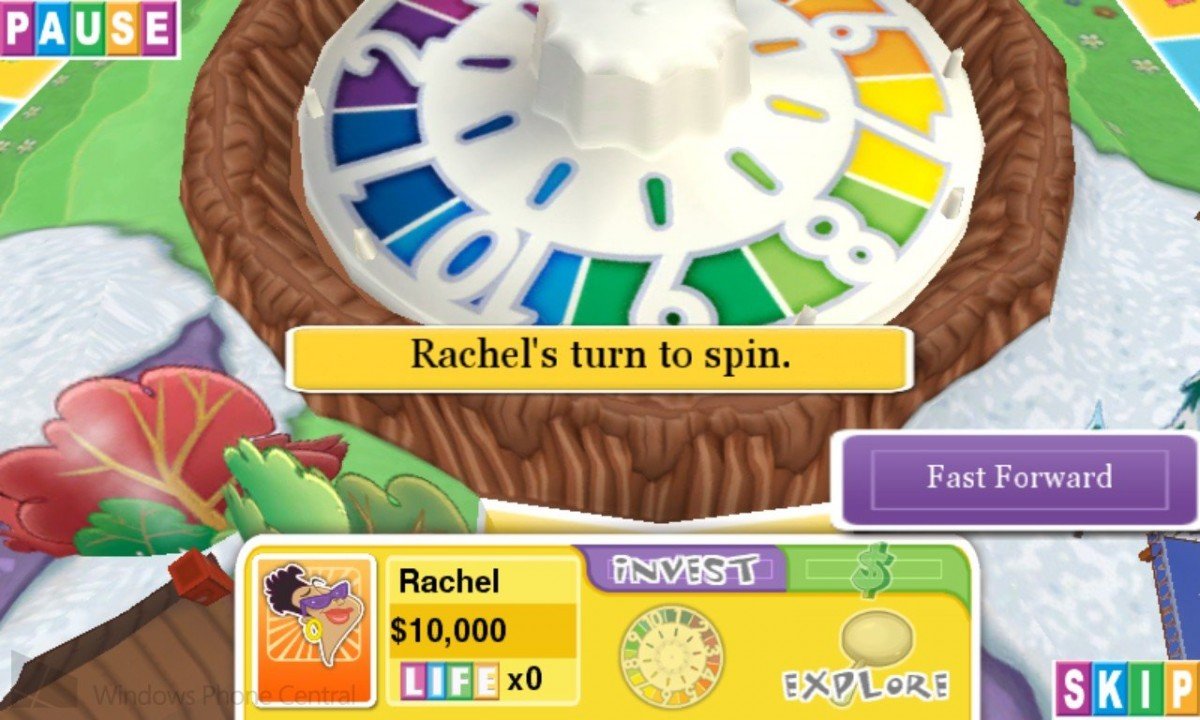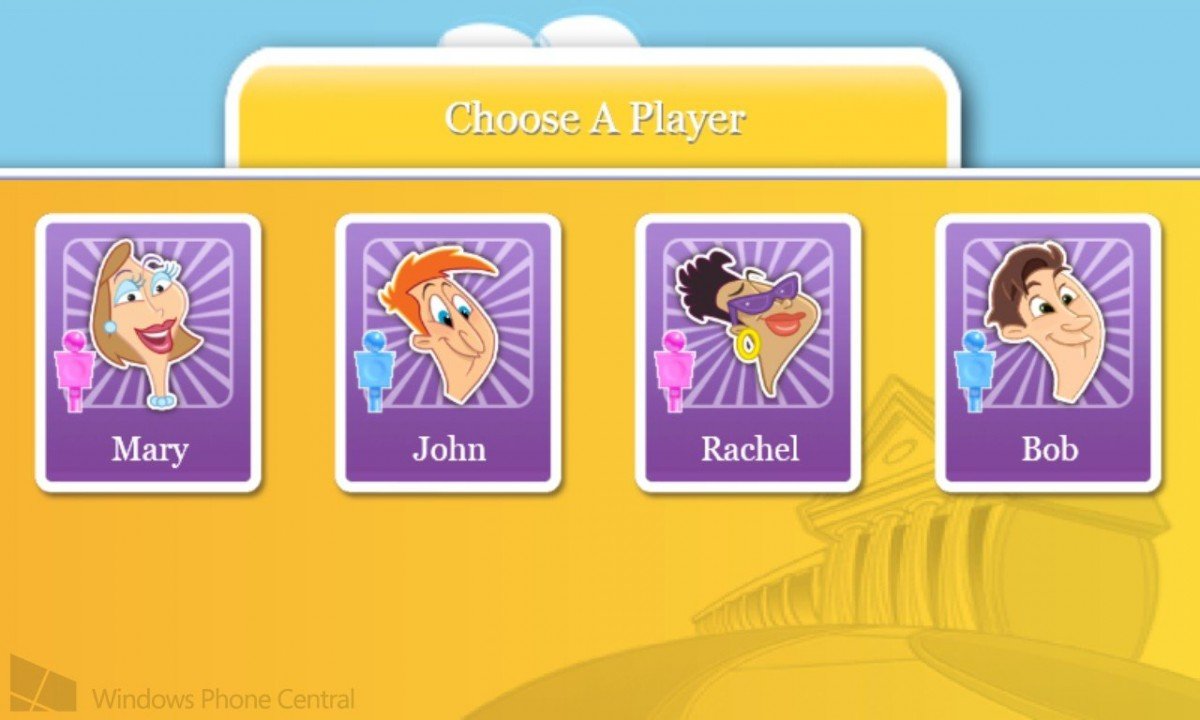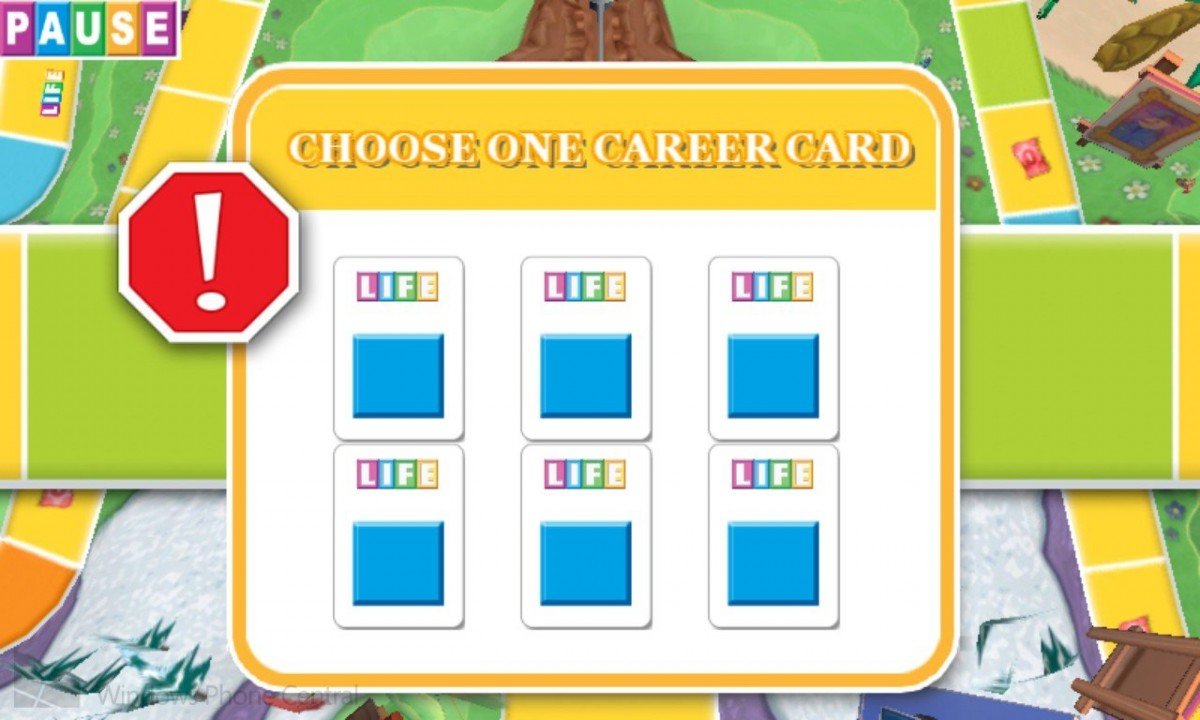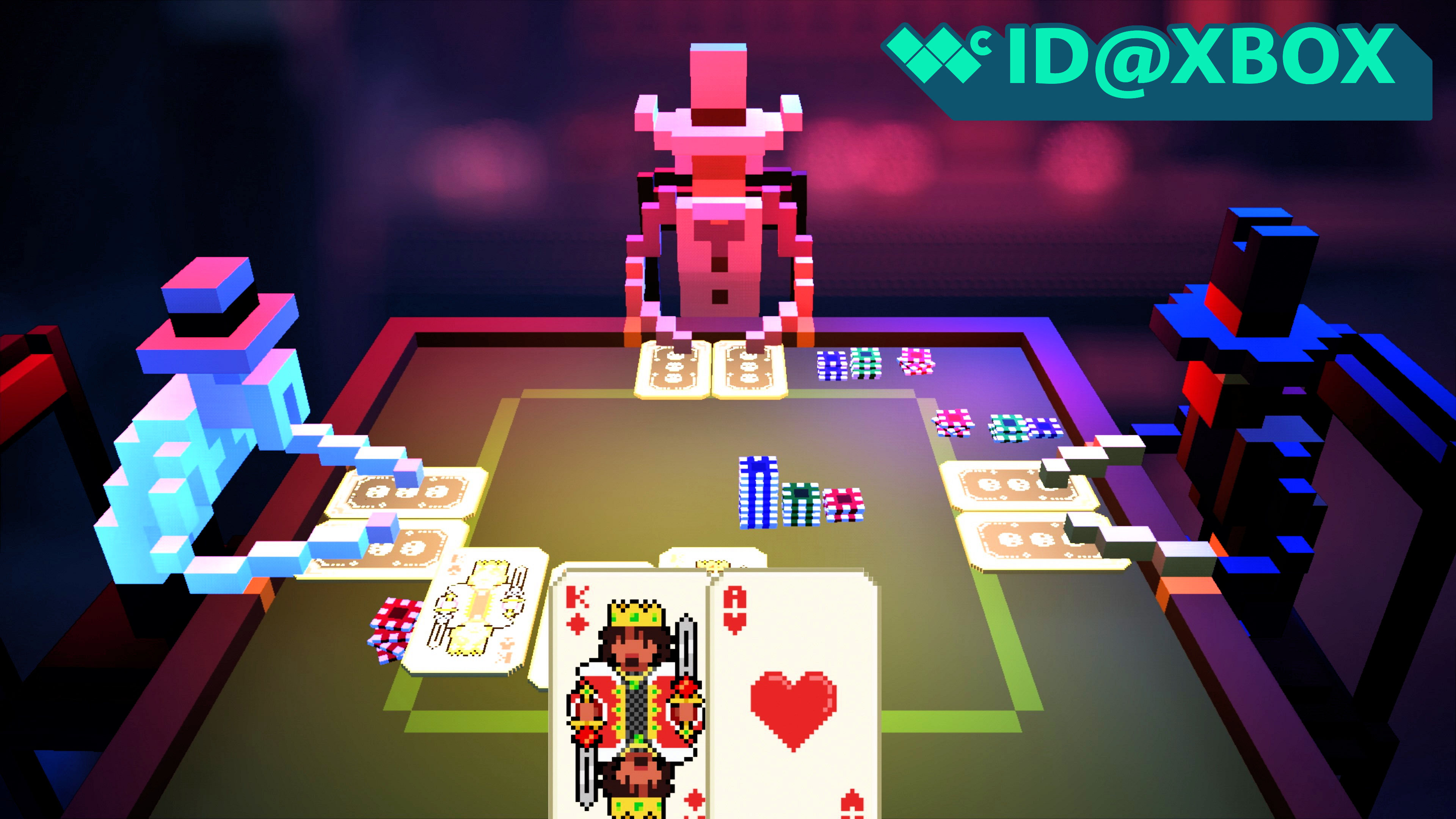The Game of Life Review: The crummiest book I ever read...
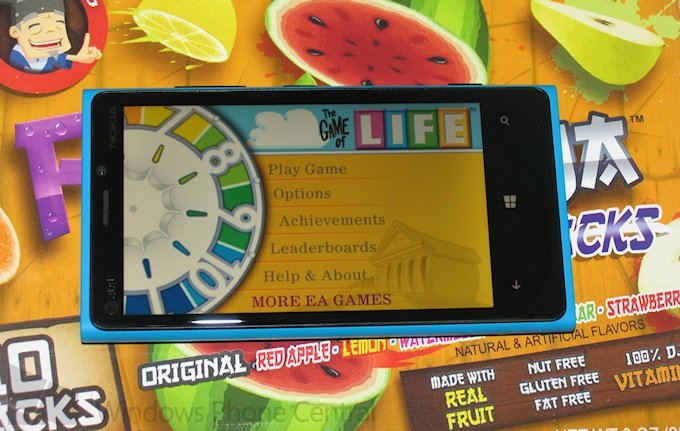
Just over a year ago, Nokia and Electronic Arts announced an agreement to publish over 20 EA games exclusively for Nokia Lumia Windows Phones. Shortly thereafter, they revealed the full list of planned titles. The list contained some compelling brands like Dead Space, Madden, and FIFA. It also included more casual and less exciting titles such as The Game of Life and Connect 4.
We didn’t know whether they would all be Xbox-branded titles or not, but as it turns out, each game released so far has indeed been Xbox Live-enabled. I’d have loved to review The Game of Life and Connect 4 together, but the latter unfortunately doesn’t work on Windows Phone 8 right now and I won’t have a WP7 Lumia phone. So let’s look at LIFE (as I’ll shorten it) on its own merits.
LIFE History
I’ve only played the actual board game of LIFE once, back during my innocent days as a wee lad. But according to Wikipedia, it’s quite a popular game. LIFE was the very first game conceived by Milton Bradley way back in 1860, making it one of the oldest American-invented board games. That version used a modified checkerboard and bore no visual resemblance to the modern game. LIFE as we know it began in 1960 with a colorful and more elaborate redesign of the board and pieces.
The miracle of LIFE
Not pictured: any decent choices!
The Game of Life simulates the life of an adult from working age through retirement. 2-4 players (down from the real game’s 6 players) can participate, with the WP version supporting single-player and pass-and-play multiplayer. Everyone selects one of four colored cars (six would’ve been nice) and one of a scant four portraits to represent themselves. More colors and portraits should’ve been included, as the lineup of two males and two females can’t hope to represent the variety of ages and races of the game’s audience.
Next, players draw three ‘Share the Wealth’ cards at random. Each of these can be used in specific situations to help yourself or hinder opponents. One helping card protects you from a lawsuit from another player, which would otherwise allow them to take $100,000 from you. On the other hand, one attack card forces an opponent to give you some of the money they gain from landing on a particular space. You can’t just activate these cards whenever you want. Instead, if a player lands on a space that relates to your card, you’ll be asked whether you’d like to activate it or not.
The next major selection to make is whether you’d like to jump straight into a career or go to college. Careers determine how much money you’ll receive when passing over payday spaces. The non-college careers generally pay the least, though an Athlete starts out with a respectable $80,000 salary. College careers take longer to start paying, but result in much higher salaries. If you go to school, you’ll have to randomly pick two career cards from the pool of six and then select the better paying of the two choices. Non-collegiates don’t get to choose between two options.
All the latest news, reviews, and guides for Windows and Xbox diehards.
Meaning of LIFE
Rather than dice, a spinner determines how many spaces each player moves during his or her turn. I wish you could skip the spinning animation on your own turn, as it slows the game down a fair bit, as does the slow movement of your piece. Thankfully, the AI’s turn can be Fast-Forwarded or Skipped.
Prior to spinning, you can opt to bring up a small control panel by tapping your character’s face. I found the interface clunky and unintuitive. The control panel (or buttons for its functions) should just be on-screen by default instead of hidden. Once you call it up though, you can choose to Explore (pan around) the board, check your cards, or make a Long-Term Investment. You only get one LTI per game and should use it at the earliest opportunity. Basically this entails selecting a number from 1 to 10. Then, anytime a player’s spinner lands on that space, you’ll gain $5,000.
Spread across the board are tiles that represent various life situations which give or take money from players. You’ll also pass tiles that cause you to get married and have children. The children are then represented by tiny pegs in the player’s car. Most of the any player’s fortune boils down to chance, but everyone does get to choose between a few different pathways with different risk-reward ratios. You also have the choice of playing your ‘Share the Wealth’ cards when the opportunity arises, but you’ll seldom want to hold onto them instead of playing them.
When you finally reach the last tile at the end of the board, you get to retire and enjoy your old age. The cinematic for retirement looks absolutely awful and can’t be skipped, unfortunately. You can choose between two different retirement estates, Millionaire Estates being the far better choice. Once everyone reaches retirement, their LIFE Tiles, children, and home are converted to money. Whoever has the highest wealth then wins the game.
Achievements
LIFE’s Achievements would be tough if you had to earn them in single-player. Luckily, almost all can be unlocked in local multiplayer. Like the board game itself, they mostly have a random element. For example, there are several job-specific Achievements, but you can’t just pick whatever job you want; you draw two random job cards and then make your selection. For these you can either keep restarting the game until you get what you want, or do a little tombstoning trick.
By pressing the Home button and then relaunching the game, you’ll restart at the beginning of your last turn - very handy for undoing less than desirable rolls and card draws. There is also a grinding Achievement, but it only requires 10 wins (a million times better than Carcassonne’s 200 games Achievement). All told, anyone should be able to get LIFE’s full 200 GamerScore by following the individual guides at TrueAchievements.
Overall Impression
Let’s face it, most board games live up to the genre name by being pretty boring. I would venture to say that videogames are orders of magnitude more engaging than the average casual board game (we don’t lump Carcassonne, Zombies!!! or other technical board games into the casual category). A casual game like this is only fun when playing and socializing with other players. I doubt most adults will feel compelled to bust out The Game of Life on their phones during social gatherings. So most of us will play LIFE by ourselves and have a tepid, inoffensive experience.
But hardcore gamers who also happen to be Achievement hunters might still want to pick this one up. Since it’s a Nokia exclusive, that also makes the Achievements a fair bit more exclusive than average. You won’t have to worry about the Achievements being too hard or overly random, either. And there’s no shame in simply having a soft spot for LIFE from your childhood, either. This version might not be anything spectacular, but it represents the real game well enough to be worth a look.
- The Game of Life - Windows Phone 7 and 8 - 23 MB - $2.99 - Store Link
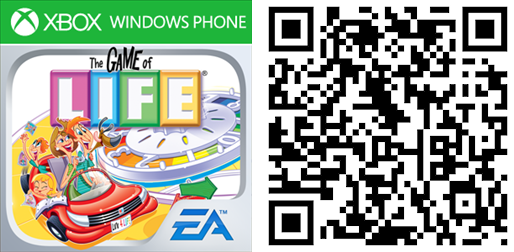

Paul Acevedo was formerly a Games Editor at Windows Central. A lifelong gamer, he has written about videogames for over 15 years and reviewed over 350 games for our site. Follow him on Twitter @PaulRAcevedo. Don’t hate. Appreciate!
